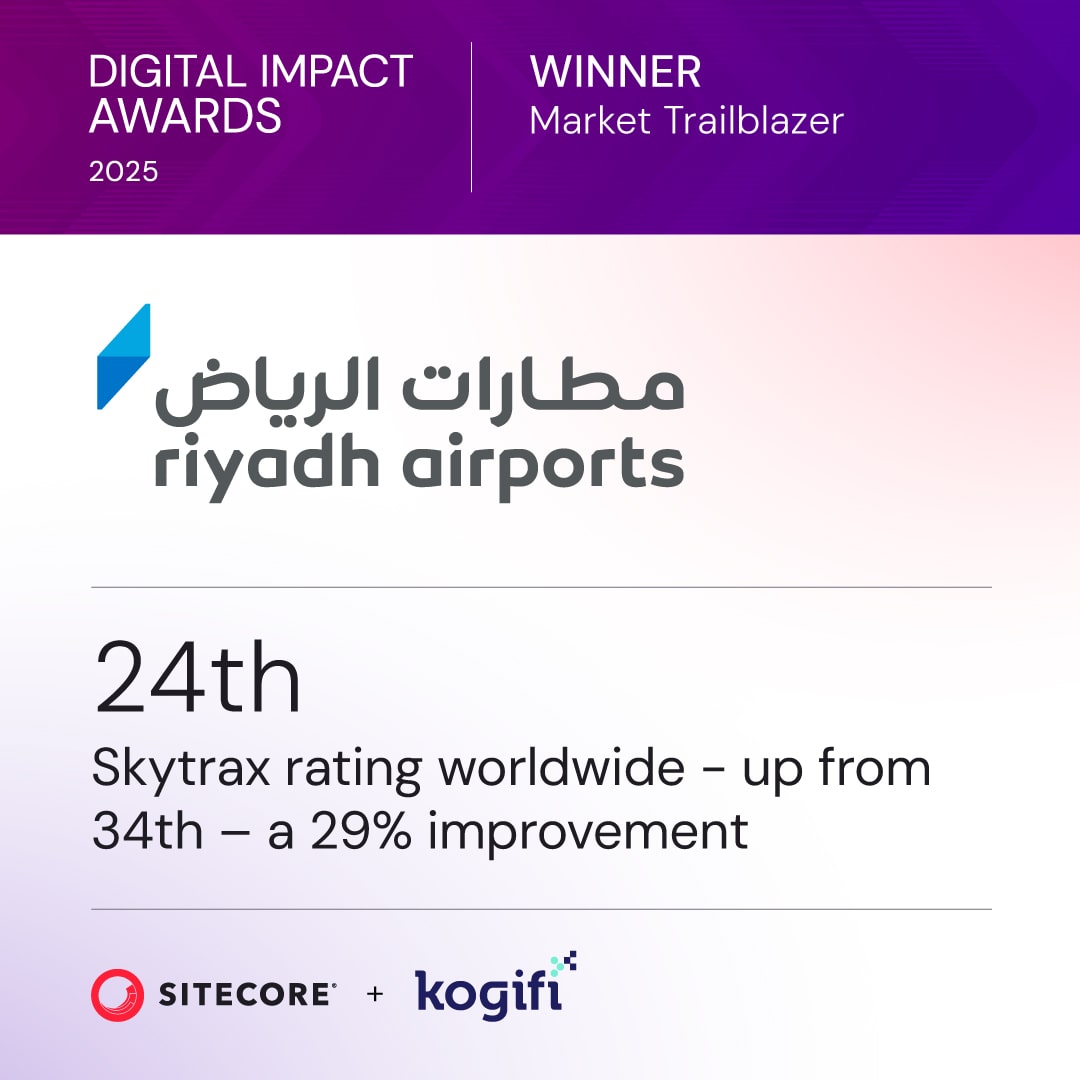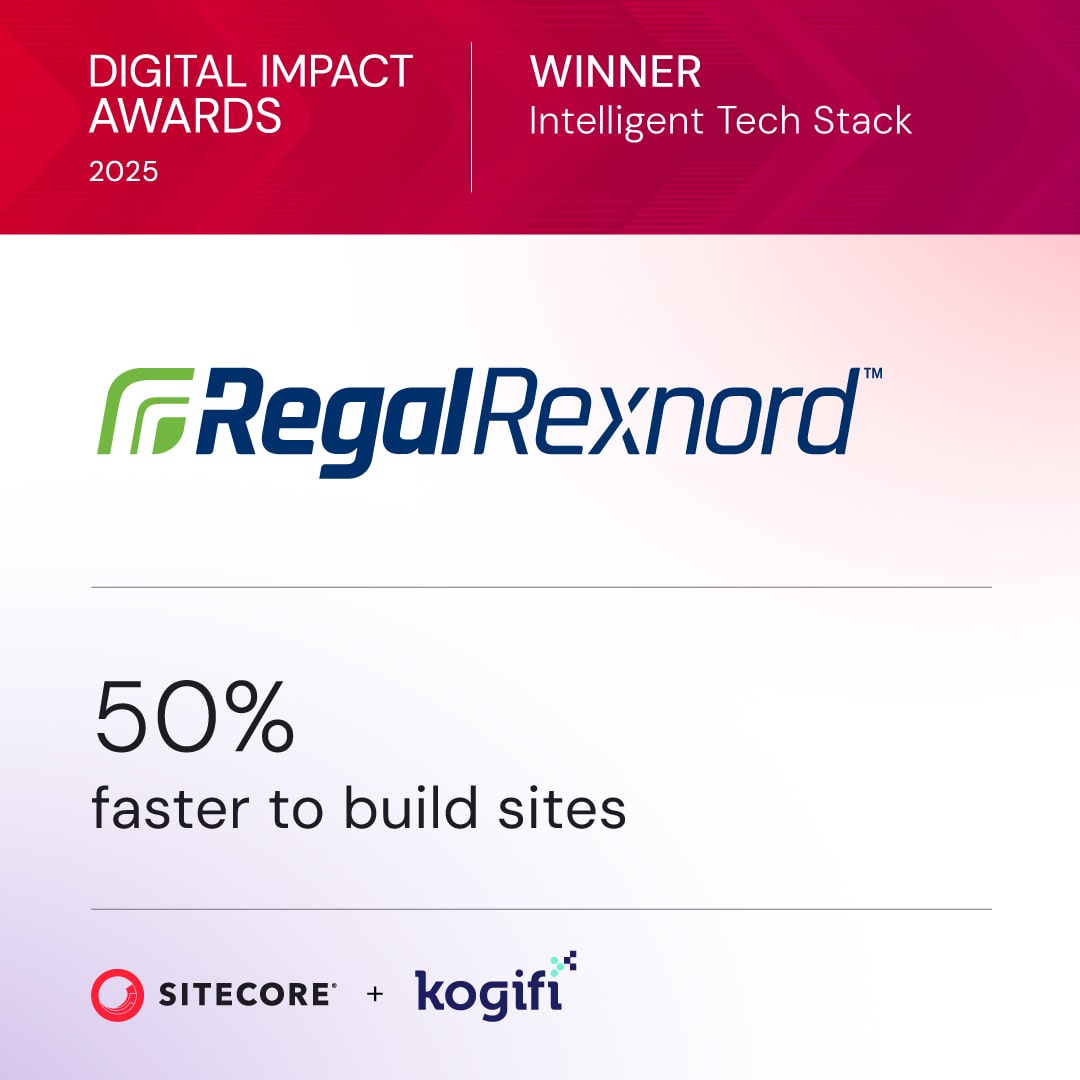At its core, the difference between omnichannel and multichannel is refreshingly simple: multichannel is company-centric, while omnichannel is customer-centric.
Multichannel strategies are all about being present on multiple, independent platforms to engage with customers. Think of it as speaking at the customer in different places. An omnichannel approach, on the other hand, weaves these channels together to create one continuous, seamless experience. It's about having a single, ongoing conversation with the customer, no matter where they are.
Defining Core Engagement Strategies

While both strategies mean you’re engaging customers on more than one front—like your website, social media, email, and physical stores—how they're executed and what they aim to achieve are worlds apart. A multichannel setup focuses on maximizing the performance of each channel on its own. The social media team obsesses over their metrics, and the e-commerce team is laser-focused on website conversions, but these efforts rarely cross paths. They operate in separate silos.
Omnichannel is built on a totally different premise: the customer's journey isn't linear and doesn't care about your organizational chart. It demands deep integration of data and technology, often powered by a Digital Experience Platform (DXP) like Sitecore, to make sure every interaction builds on the last.
An omnichannel experience ensures that a customer's abandoned online shopping cart isn't just an isolated event. It becomes a data point that can trigger a personalized follow-up email, a retargeting ad on social media, or even a helpful suggestion from an in-store associate.
This unified approach pays off in real, measurable ways. For instance, studies show that omnichannel shoppers spend 4% more when they're in a physical store and a significant 10% more online compared to single-channel customers. This deeper engagement translates into a roughly 30% higher lifetime value for the business.
Key Differentiators at a Glance
To really get a feel for the distinction, it helps to see a direct, side-by-side comparison. Each approach is built on a different philosophy, from how it views the customer to how it defines success.
The table below breaks down these foundational differences to make them crystal clear.
Quick Comparison Multichannel vs Omnichannel
Ultimately, choosing between these models comes down to your organization's maturity, resources, and strategic goals. While multichannel gives you a broad presence, a true omnichannel experience delivers the connected, personalized interactions that modern customers don't just want—they expect. You can learn more about crafting these interactions in our guide on what an omnichannel experience is.
The following sections will dive deeper into how these differences play out in the customer journey and what it takes, technically, to make them happen.
The Foundational Difference in Customer Experience
The real gap between omnichannel and multichannel strategies shows up in the customer’s world. One approach delivers a series of separate, disconnected moments, while the other weaves them into a single, continuous conversation. The difference in perception and loyalty is massive.
A multichannel journey is functional, but it’s almost always fragmented. Think about it: a customer sees a slick new product ad on social media. They click through, browse the website for a bit, but want to see it in person before pulling the trigger.
Once they walk into the physical store, the experience hits a hard reset. The store associate has zero context—no idea about their online browsing, the ad that caught their eye, or what they might be interested in. Each touchpoint operates in its own silo, leading to inconsistent messaging and forcing the customer to re-explain themselves at every step. It’s frustrating.
The Omnichannel Journey: A Continuous Conversation
Now, let's replay that scenario with an omnichannel strategy, powered by a solid Digital Experience Platform (DXP) like Sitecore. The journey is no longer a set of isolated events but a fluid, interconnected story.
The customer sees the ad and browses the product online. This time, they add it to their cart but get pulled away before checking out. This is where the magic starts.
The platform doesn't just see an "abandoned cart"; it recognizes a signal of intent. This is the core shift—from thinking about channels to thinking about the customer. Every action informs the next, no matter where it happens.
This single piece of data can set off a chain of personalized, genuinely helpful events:
- Automated Follow-Up: A few hours later, a personalized email arrives, reminding them about the item in their cart and maybe suggesting a few things that go with it.
- In-Store Intelligence: If they visit a store, an associate with a tablet can see their browsing history and that abandoned cart.
- Personalized Assistance: The associate can then offer real help, saying something like, "I see you were looking at this online. Would you like to check it out in person?"
Sitecore's Role in Unifying the Experience
This kind of seamless flow isn’t an accident. It needs a sophisticated tech backbone built to unify customer data. This is where Sitecore's tools, especially within the monolithic XP solution, the Sitecore Experience Database (xDB) and xProfile, become critical. They collect and stitch together every interaction—website clicks, email opens, in-store purchases—into a single, 360-degree customer profile.
This unified view is what turns a clunky multichannel setup into a true omnichannel experience. It gives the system context, letting it deliver personalization that feels natural, not creepy. And the data proves it works: omnichannel strategies drive 67% customer satisfaction compared to just 28% for multichannel. Companies using this approach retain around 89% of their customers, while those who don't hang on to only 33%.
Ultimately, the goal is to build a consistent and intelligent digital consumer experience where the brand anticipates needs instead of just reacting to them. By connecting every touchpoint, platforms like Sitecore make the technology disappear, leaving the customer with what feels like an effortless, personal conversation with your brand.
Architecting Your Strategy with Sitecore and SharePoint
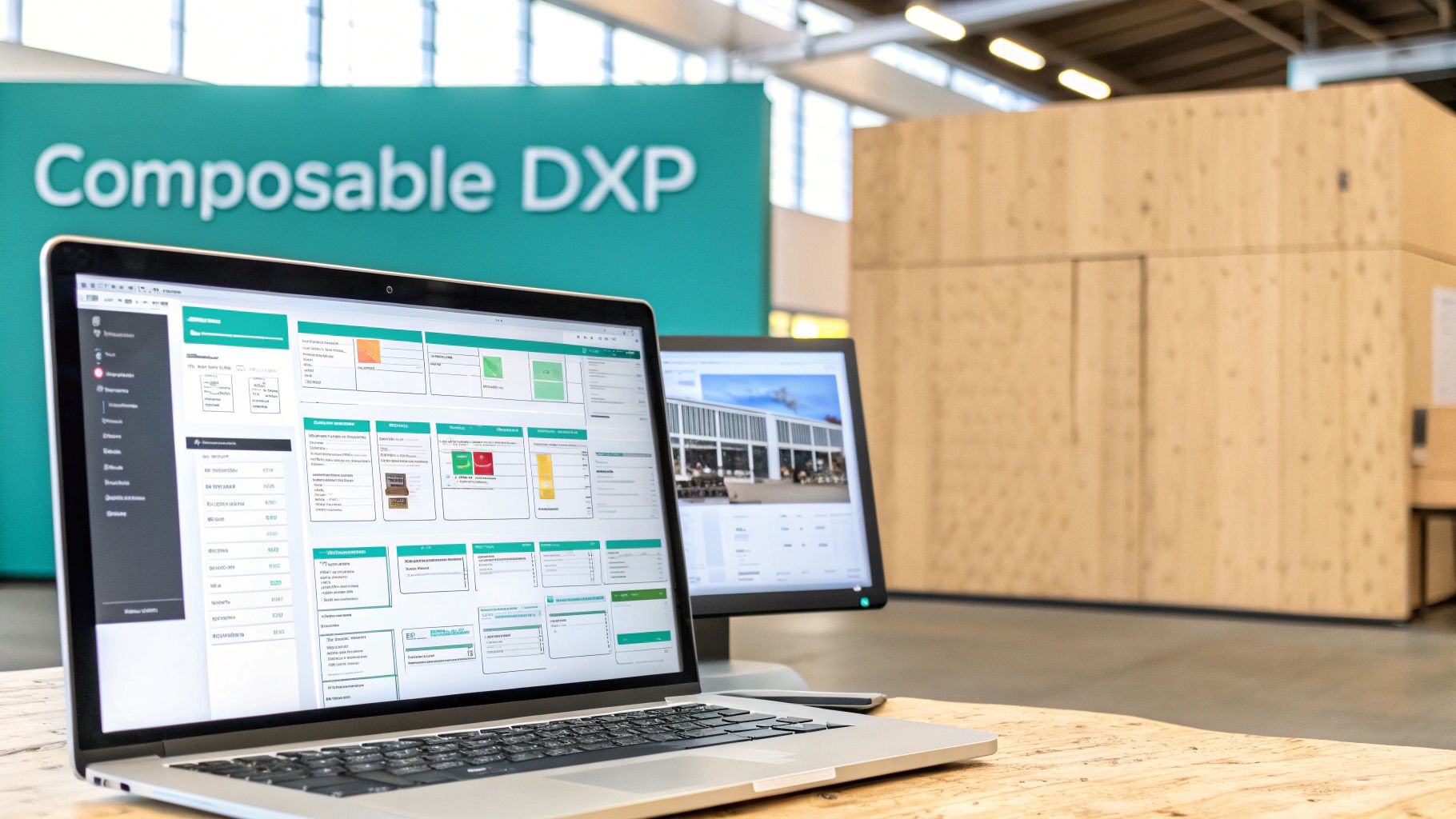
The leap from multichannel to omnichannel isn't just a shift in mindset; it's an architectural overhaul. The tech stack you build on is what ultimately determines whether you can deliver a truly seamless and personalized customer experience. Getting this foundation right is everything.
A typical multichannel setup often looks like a collection of disconnected systems that grew over time. You might have a standard CMS for the website, a separate e-commerce platform handling transactions, and an independent email service provider running campaigns. Each system is a silo.
They all operate in their own walled gardens, collecting their own data and doing their own thing. While each tool might be great at its specific job, the lack of communication between them is precisely what creates the disjointed customer journey we’ve been talking about.
The Sitecore DXP as an Omnichannel Backbone
Moving to omnichannel means trading that collection of separate tools for a truly integrated ecosystem. This is where a Digital Experience Platform (DXP) like Sitecore steps in to act as the central nervous system for your entire strategy. Sitecore’s composable DXP is purpose-built to tear down the silos you see in most multichannel architectures.
Instead of disparate systems, Sitecore gives you a suite of connected products that work together, forming a solid backbone for genuine omnichannel engagement. The entire architecture is designed to share data and context across every single touchpoint, creating one single source of truth for every customer.
A few key pieces of the Sitecore DXP make this possible:
- Sitecore CDP (Customer Data Platform): This is the heart of the engine. It ingests data from every interaction—whether it happens online, offline, or in a physical store—to build a persistent, 360-degree profile for each customer.
- Sitecore Personalize: Fed by the rich data from the CDP, this tool delivers real-time, one-to-one personalization on any channel. It goes far beyond basic segmentation, allowing for dynamic content and offers tailored to an individual’s immediate behavior and intent.
- Sitecore OrderCloud: As a MACH-aligned, API-first headless commerce platform, OrderCloud separates your commerce engine from the front-end experience. This lets you embed complex B2B or B2C commerce functions anywhere—a website, a mobile app, even an IoT device—all while staying connected to the same unified customer profile.
By centralizing customer data and activation capabilities, a composable DXP like Sitecore makes the omnichannel vs multichannel distinction a technical reality. It’s the architectural difference between channels that merely coexist and channels that actively collaborate.
Ensuring Content Consistency with Content Hub
A seamless experience also requires consistent messaging. Sitecore Content Hub tackles this by providing one central place for all your content planning, creation, management, and delivery. Think of it as the single source of truth for all marketing assets, from product images and descriptions to campaign taglines.
This guarantees that the content a customer sees on social media perfectly aligns with the info on the website and what an in-store associate has on their tablet. By separating content from its presentation, Content Hub lets brands push consistent, approved assets to any channel, getting rid of the jarring inconsistencies that often show up in multichannel operations.
Integrating SharePoint for a Holistic Ecosystem
While Sitecore does a masterful job managing the external customer experience, there's another piece of the puzzle that often gets overlooked: the internal employee experience. This is where SharePoint comes in, acting as a powerful intranet, collaboration hub, and knowledge management system.
Nailing an omnichannel strategy often comes down to mastering omnichannel marketing integration to create those seamless experiences. When you integrate SharePoint with the Sitecore DXP, you enrich the entire ecosystem by feeding critical internal data and content directly into the customer journey.
Picture this scenario:
- Centralized Product Data: Your internal teams manage and update detailed product specs, training guides, and inventory data within SharePoint.
- Seamless Integration: An API connects SharePoint directly to Sitecore Content Hub and the broader DXP.
- Enriched Experiences: Now, customer-facing web pages built in Sitecore are automatically updated with the latest, most accurate product details. At the same time, your customer service agents have access to that same deep knowledge base, allowing them to provide better, more consistent support.
This integration creates a powerful feedback loop. Well-informed employees deliver better customer service, and accurate, consistent information builds customer trust. By bridging the gap between your internal and external digital worlds, the combination of Sitecore and SharePoint creates a truly holistic ecosystem that supports both your customers and the employees who serve them.
When you move past the technical blueprints, the real difference between omnichannel and multichannel snaps into focus: how you measure success. The KPIs for each approach tell you everything you need to know about their core philosophies. One is all about channel efficiency, while the other is obsessed with customer value. Getting this distinction right is the key to understanding your true business impact.
A multichannel strategy lives and dies by a collection of disconnected, channel-specific metrics. Success is judged in silos. The email team obsesses over open and click-through rates. The social media team chases engagement metrics. The retail team counts in-store foot traffic. While each of these numbers has its place, they paint a fragmented picture, never showing how one channel influences another or contributes to the customer’s actual journey.
Shifting Focus To Customer-Centric Metrics
An omnichannel approach completely flips the script on measurement. The focus shifts from channel performance to the customer’s end-to-end journey. The goal is no longer just to optimize individual touchpoints; it's to maximize the value of each customer relationship over its entire lifetime. This demands a more sophisticated set of KPIs that track behavior across the whole ecosystem.
A few of the most important omnichannel KPIs include:
- Customer Lifetime Value (CLV): This isn't about one purchase. CLV forecasts the total revenue a business can expect from a single customer over time, giving you a long-term view of profitability that goes way beyond individual transactions.
- Customer Retention Rate: This metric tracks the percentage of existing customers who stick around. It’s a direct reflection of how satisfied they are with their overall experience, not just a single interaction.
- Journey Conversion Rate: Instead of just looking at conversion on a single channel (like a website sale), this KPI follows customers who complete a desired journey, like buying online and picking up in-store.
KPIs For Multichannel vs Omnichannel Success
The real story is in the metrics you prioritize. An omnichannel strategy forces you to think less about isolated campaign results and more about the long-term health of your customer relationships. The table below breaks down this fundamental shift.
Notice how omnichannel metrics consistently pull the focus back to the customer's overall value and experience. It's a game-changer for understanding what's actually driving growth.
This shift to customer-centric KPIs provides a far more accurate picture of business health. You're not just measuring a successful email campaign; you're measuring the creation of a loyal, high-value customer. This is precisely why our guide on how to measure ROI emphasizes tracking metrics that reflect long-term value.
This is where platforms like Sitecore Analytics really shine. By pulling all your data into a single, unified customer profile, Sitecore makes it possible to track these complex, cross-channel KPIs effectively. Instead of guessing how different interactions connect, you can see the entire journey and accurately attribute value. And to make sure the internal operations can keep up, exploring business process automation examples can offer great ideas for streamlining the backend systems that support this seamless engagement.
The business impact is undeniable. Today, around 73% of retail consumers shop using omnichannel approaches. These shoppers deliver a 30% higher lifetime value compared to single-channel customers, and retailers using three or more integrated channels see engagement levels soar by up to 250%. The numbers tell a compelling story about the financial case for a unified strategy.
Choosing Your Path: When to Use Each Approach
Deciding between an omnichannel and multichannel strategy isn't about which one is "better" in a vacuum. The right choice is all about your business—your maturity, what your customers expect, and how ready your tech stack is to handle the load. A hard look at your goals is the only way to pick the right path.
For many companies, especially startups or businesses with a simple customer journey, a multichannel approach is a perfectly logical place to start. If your resources are tight and your main goal is just to get your brand on a few key platforms, it makes sense to focus on making each channel work well on its own. You can build an audience and bring in revenue without the massive upfront investment needed for a true omnichannel setup.
When to Stick with Multichannel
A multichannel strategy is likely your best bet if you find yourself in these situations:
- Limited Resources: When your team and budget are stretched thin, it’s far better to execute flawlessly on a few separate channels than to deliver a clunky, poorly integrated omnichannel experience.
- Simple Customer Journeys: If your customers’ path to purchase is pretty straightforward and doesn't usually jump between online and offline, the extra complexity of omnichannel probably won't deliver a meaningful return.
- Product-Centric Focus: If your strategy is all about pushing products through different sales channels that don't talk to each other—like your website, Amazon, and retail partners—a channel-by-channel approach is often the only practical option.
Clear Triggers for an Omnichannel Migration
On the flip side, certain growing pains are a dead giveaway that it's time to evolve. When you start seeing the symptoms of a fractured customer experience, the move to omnichannel becomes a necessity, not a luxury.
The decision to move from multichannel to omnichannel is often driven by necessity. When inconsistent messaging erodes brand trust or high customer churn points to a frustrating, fragmented journey, maintaining the status quo becomes more expensive than investing in integration.
Key signals that you need an omnichannel model include:
- High Customer Churn: Losing customers at an alarming rate is a classic sign that their experience feels broken. They expect a continuous conversation, and they aren't getting it.
- Inconsistent Brand Messaging: When a customer sees one offer on Instagram and a conflicting one in their email, it kills trust. It’s a red flag that your internal teams and systems are out of sync.
- Need for Deep Personalization: To stand out in a crowded market, you have to deliver experiences that feel like they were made for one person. That’s impossible without the unified customer profile that only an omnichannel architecture can provide.
This decision tree shows how your core focus—either on channel-specific metrics or overall customer value—is the real driver behind your choice.
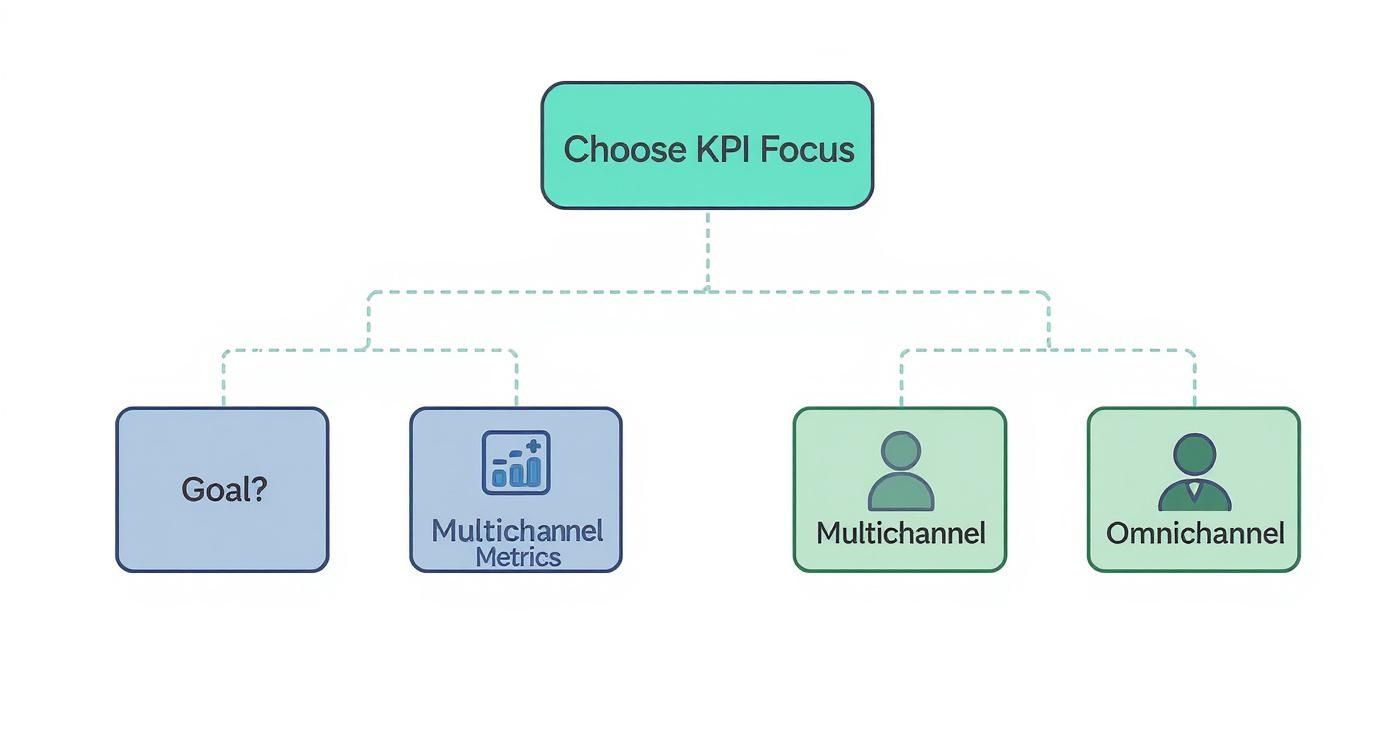
As the visual makes clear, the path you take is fundamentally tied to the KPIs you chase, highlighting the deep strategic split between the two approaches.
The Scalable Path with Sitecore and SharePoint
The good news is, you're not locked into your initial choice forever. Modern Digital Experience Platforms (DXPs) are built for this kind of evolution. A platform like Sitecore lets you start with a strong multichannel foundation—like a great website—and then scale up to a fully composable, omnichannel DXP when the time is right.
You can begin by perfecting your web experience, then layer in Sitecore CDP to bring all your customer data together. Later, you can add Sitecore Personalize to use that data to create tailored experiences across every single touchpoint. It’s a modular approach that lets your tech grow with your business.
Integrating SharePoint into this journey makes it even stronger. By using SharePoint as a centralized knowledge base for your internal teams, you ensure the information feeding your customer-facing channels is always consistent and up-to-date. This internal alignment is a critical piece of the puzzle that often gets missed. As you move toward omnichannel, a well-integrated SharePoint ensures your employees are as connected as your technology.
Omnichannel vs. Multichannel: Your Questions Answered
When you're sorting out omnichannel and multichannel strategies, a few common questions always seem to pop up. Here are some straight answers, focusing on how these concepts play out in the real world with platforms like Sitecore and SharePoint.
Can a Company Be Both Multichannel and Omnichannel?
Not really. While it sounds like a trick question, the answer is pretty straightforward. By definition, if you have more than one channel, you're multichannel. But you only earn the omnichannel title when you connect those channels into a single, unified customer experience.
Think of omnichannel as the evolution of multichannel, not a competing strategy. Many companies are stuck somewhere in the middle. They might have their website and email campaigns talking to each other, but their social media and physical stores are operating on completely different planets. The goal, especially when using a DXP like Sitecore, is to break down those silos one by one until the customer sees one brand, not a bunch of disconnected departments.
What Is the Biggest Technical Hurdle in Moving to Omnichannel?
Without a doubt, it's data integration. In a typical multichannel setup, your customer data is all over the place. The e-commerce platform knows what they bought, the CRM knows who they talked to, and the email marketing tool knows which links they clicked.
Making the leap to omnichannel means smashing those data silos and pulling everything into one coherent customer profile. This is exactly where a Customer Data Platform (CDP), like Sitecore CDP, becomes non-negotiable. Implementing a CDP to pull in, clean up, and activate data from every source is a heavy lift, but it’s the foundation for the deep personalization that makes an omnichannel experience work.
The real technical lift isn't just connecting systems with APIs; it's creating a unified data model that allows every channel to speak the same customer language. Without this shared understanding, true omnichannel remains out of reach.
How Does SharePoint Fit into a Sitecore Omnichannel Strategy?
While Sitecore is the master of the external, customer-facing experience, SharePoint is the engine for the internal employee experience and knowledge management. When you put them together in a smart omnichannel architecture, they create a powerful partnership. Think of SharePoint as the central nervous system for all your internal content—product specs, training manuals, and company policies.
This internal knowledge can then be surfaced seamlessly through Sitecore. For instance:
- Product Information: Detailed technical specs managed in SharePoint can be automatically pulled into product pages on your Sitecore site, ensuring customers always see the most accurate information.
- Employee Enablement: Your customer service team, working from an internal SharePoint portal, can access the same rich content, allowing them to provide consistent, well-informed support across all channels.
This integration creates a loop where a better-informed team delivers a richer, more accurate customer experience.
Is an Omnichannel Strategy Only for Large Retail Companies?
Absolutely not. Retail gets all the attention because the examples are so clear, but the principles of omnichannel apply to any industry where a customer interacts with a brand across multiple touchpoints. A unified, consistent journey is valuable everywhere.
Just look at these non-retail examples:
- B2B Manufacturing: A prospect downloads a whitepaper, joins a webinar, talks to a sales engineer, and later uses a portal for technical support.
- Healthcare: A patient books an appointment online, fills out forms in a patient portal, gets SMS reminders, and then visits the clinic.
- Financial Services: A client uses a mobile app for banking, visits a branch to discuss a loan, and gets advice from a financial advisor over a video call.
Each of these journeys is crying out for an omnichannel approach. A composable DXP like Sitecore gives businesses in any sector the tools to build a strategy around their specific customer journeys, proving its value far beyond the shopping mall.
At Kogifi, we specialize in architecting and implementing powerful Digital Experience Platforms using Sitecore and SharePoint to create seamless, customer-centric journeys. Discover how our expertise can help you transition from multichannel operations to a true omnichannel strategy.

















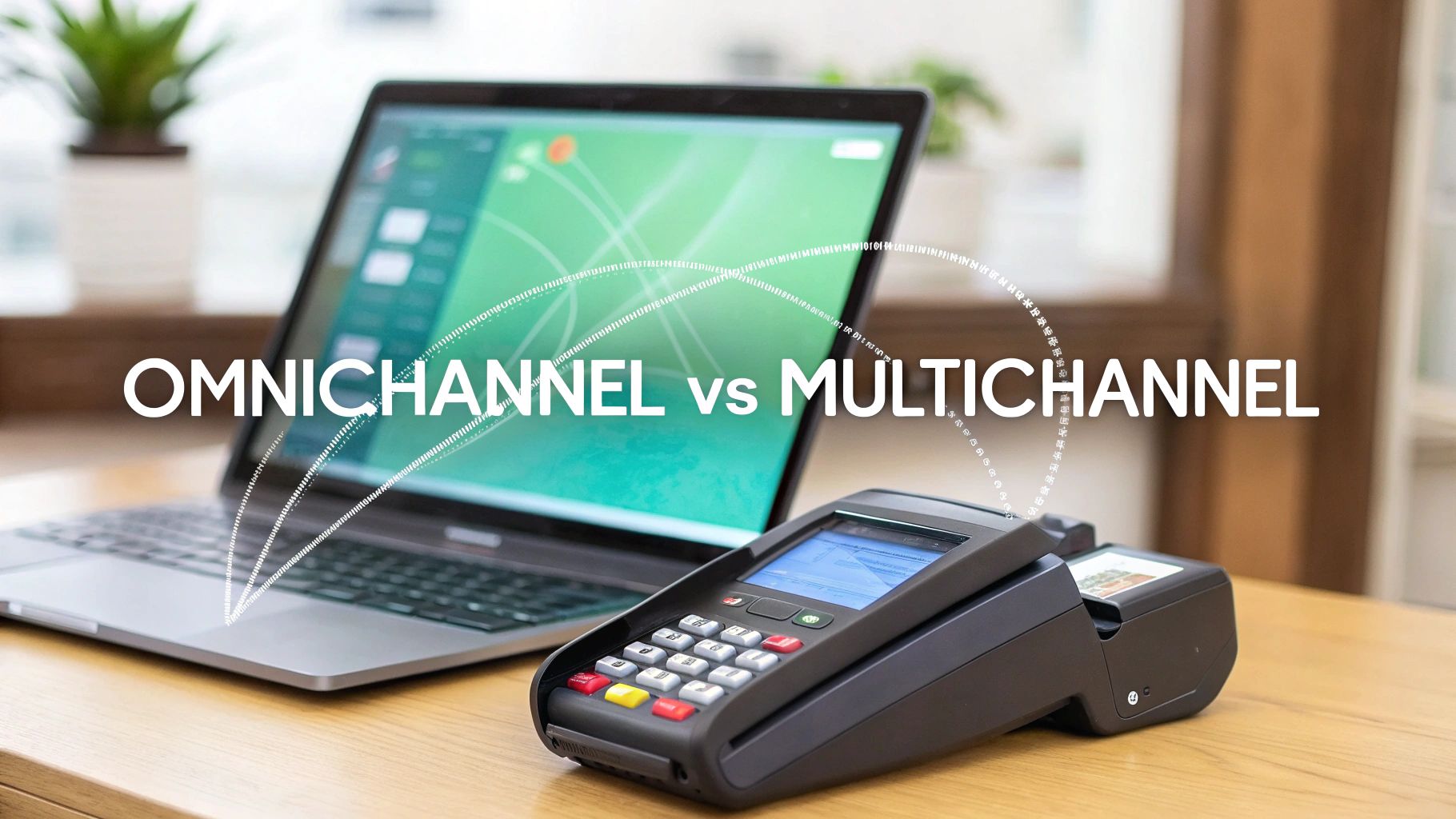





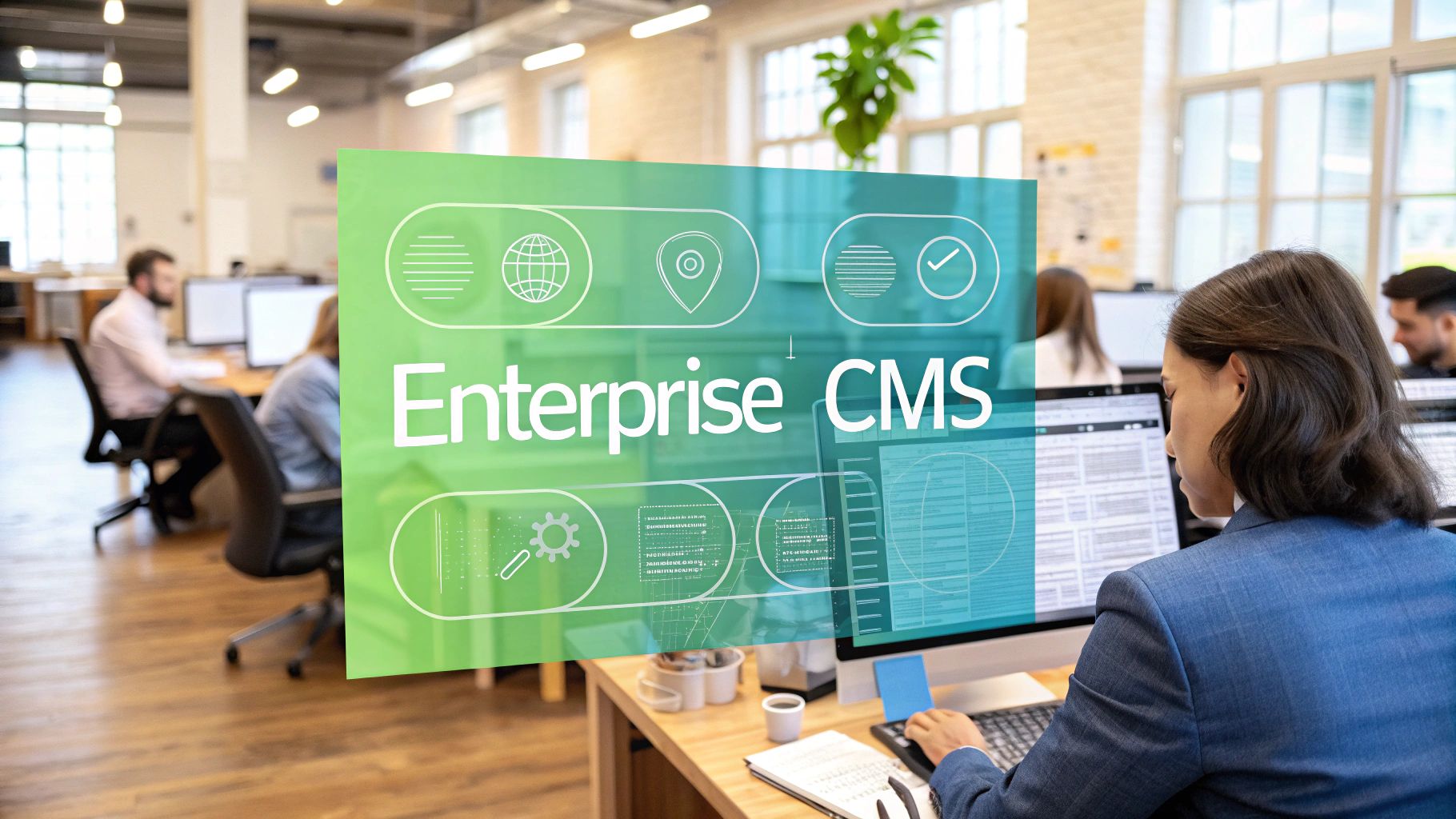
.jpeg)




